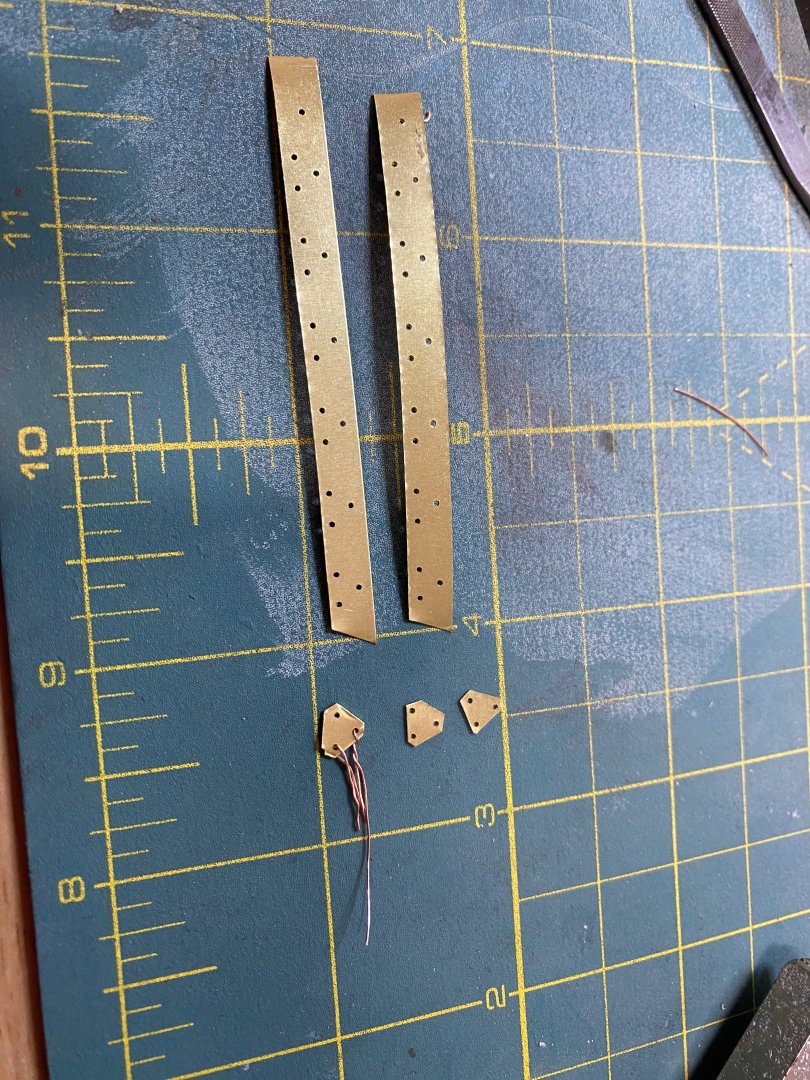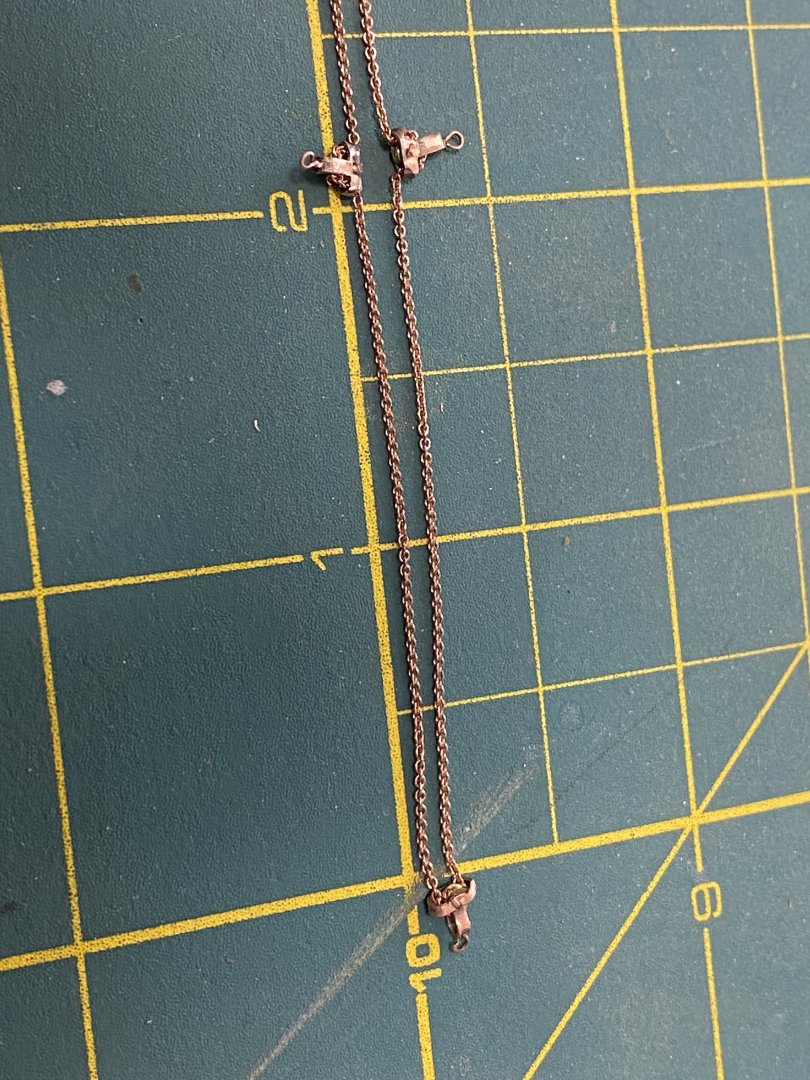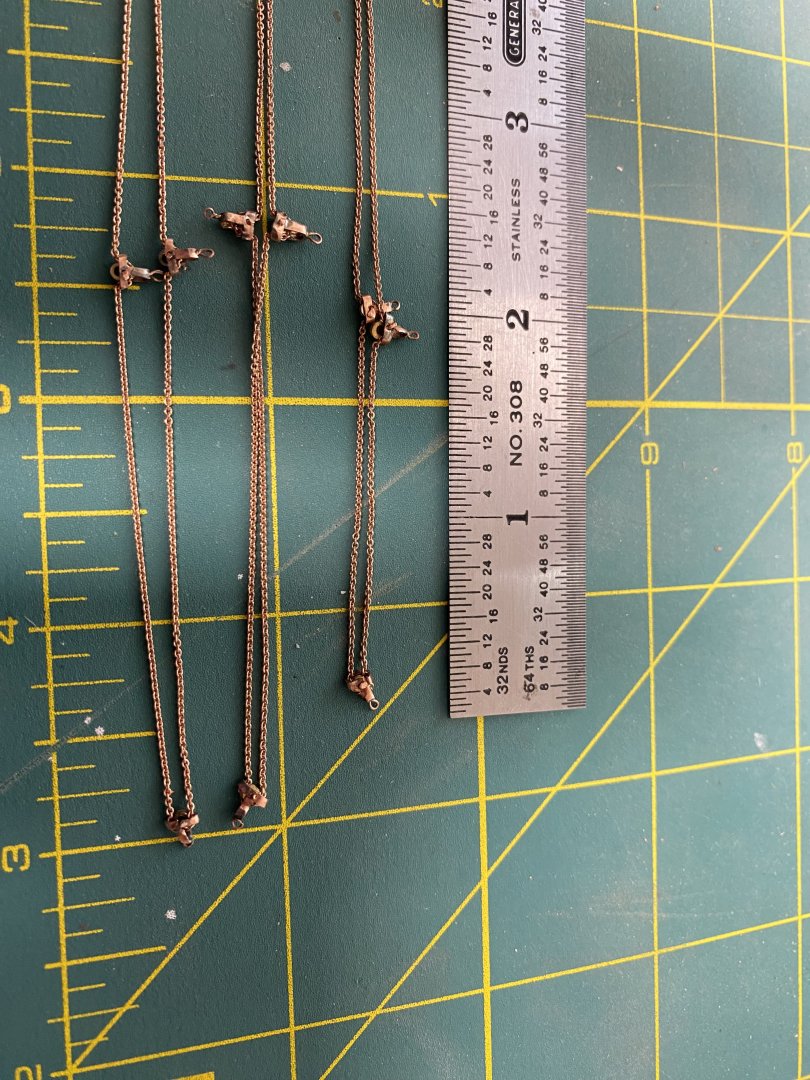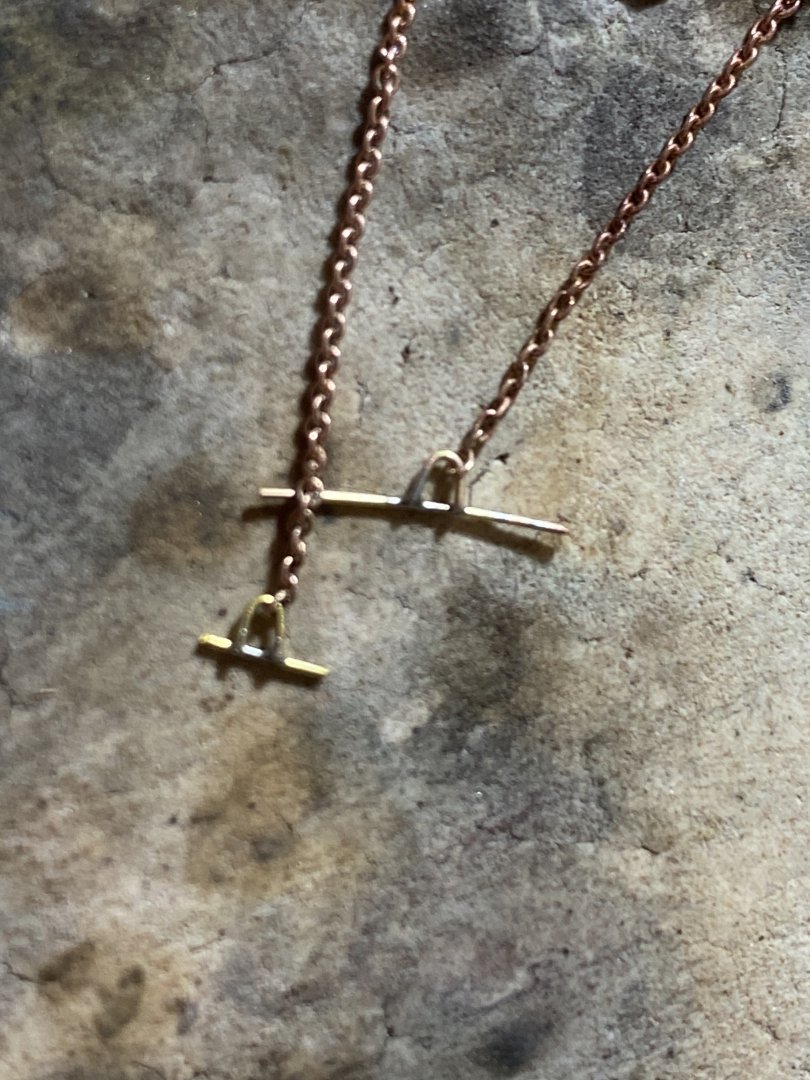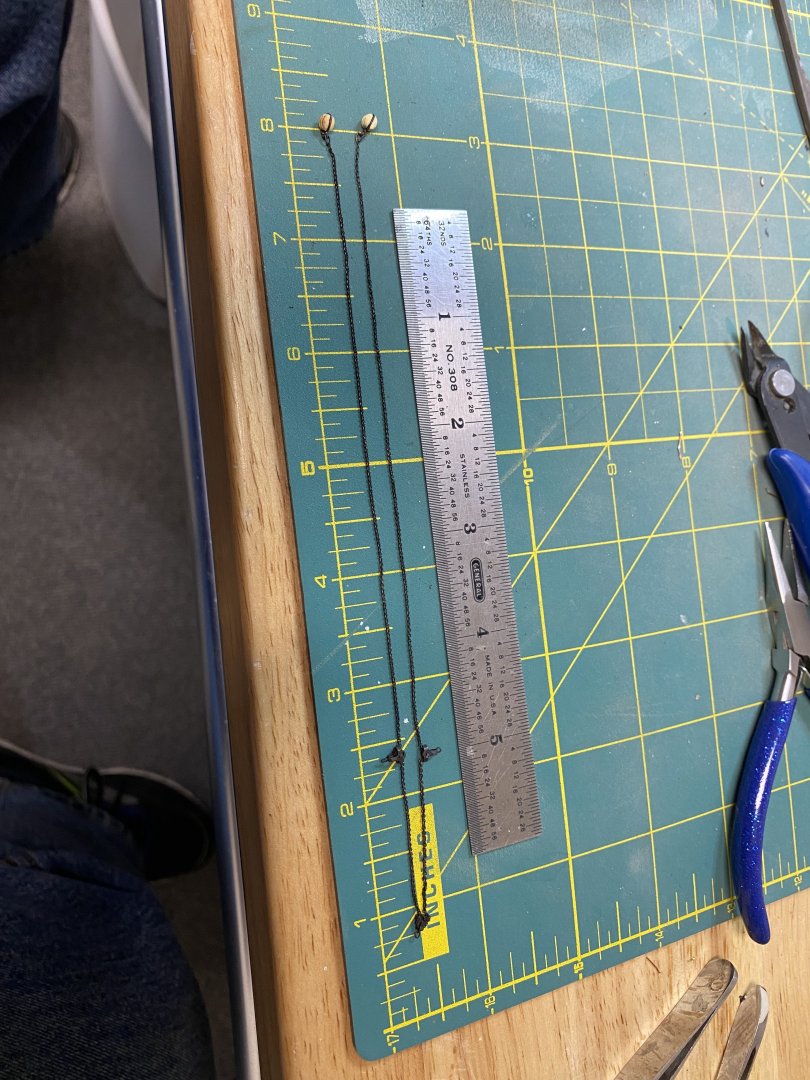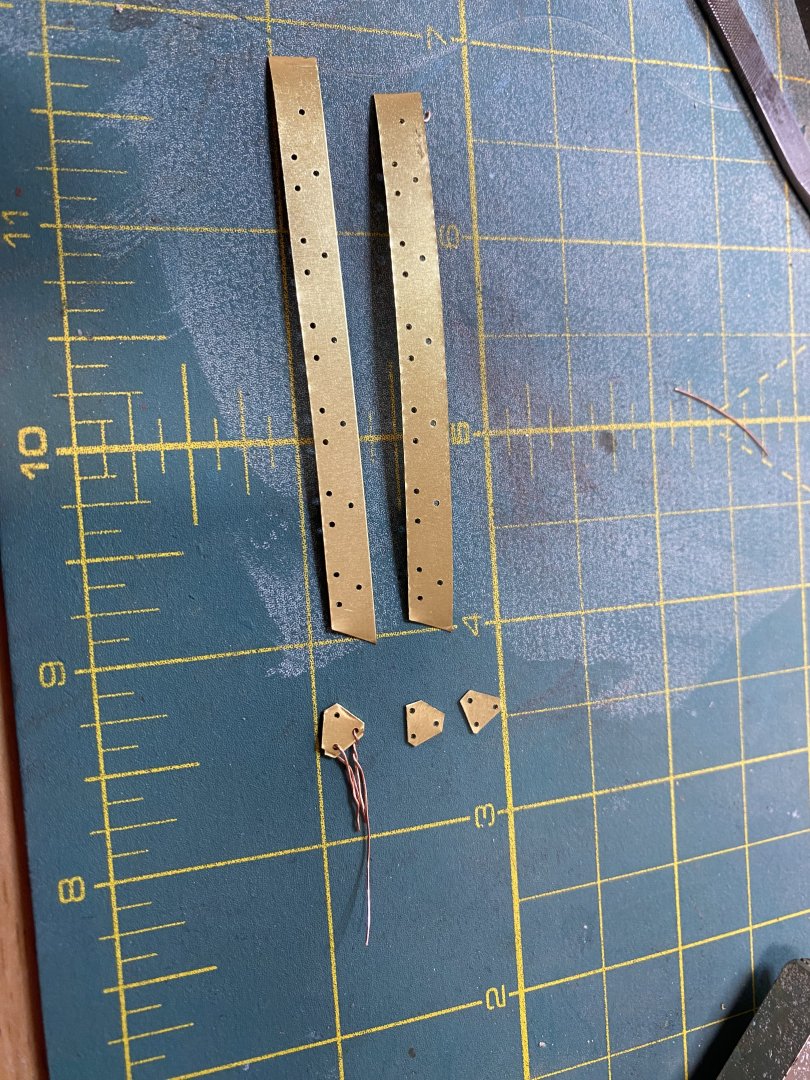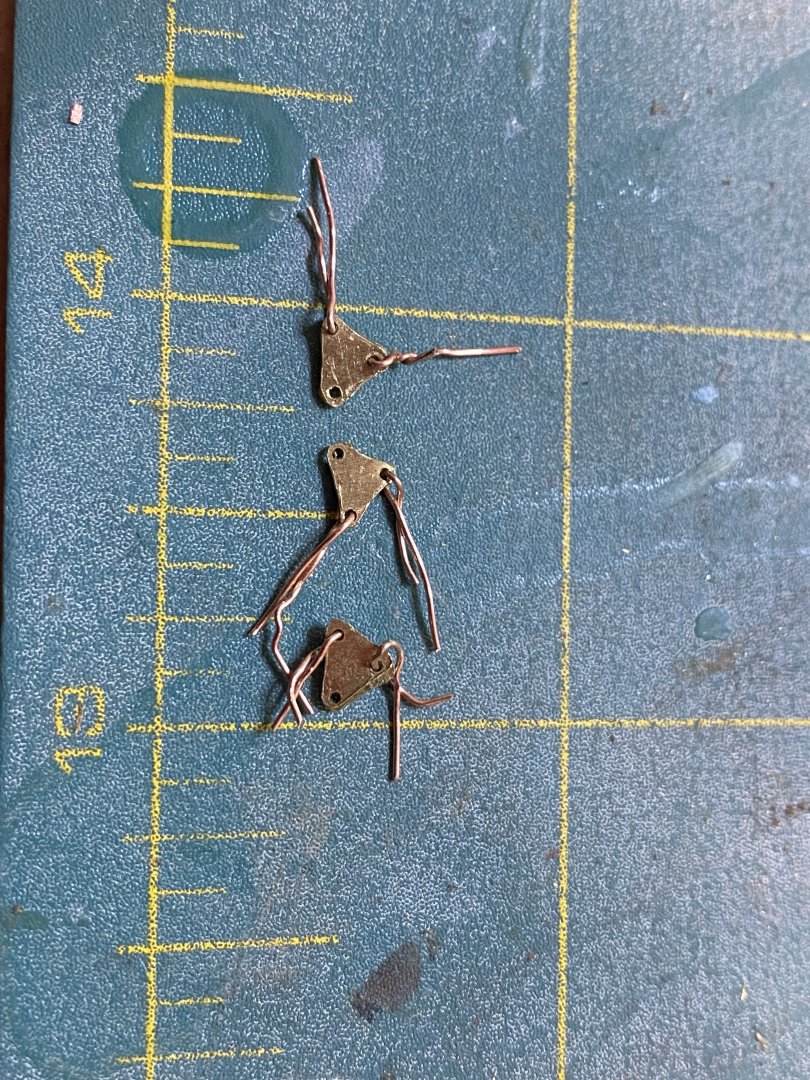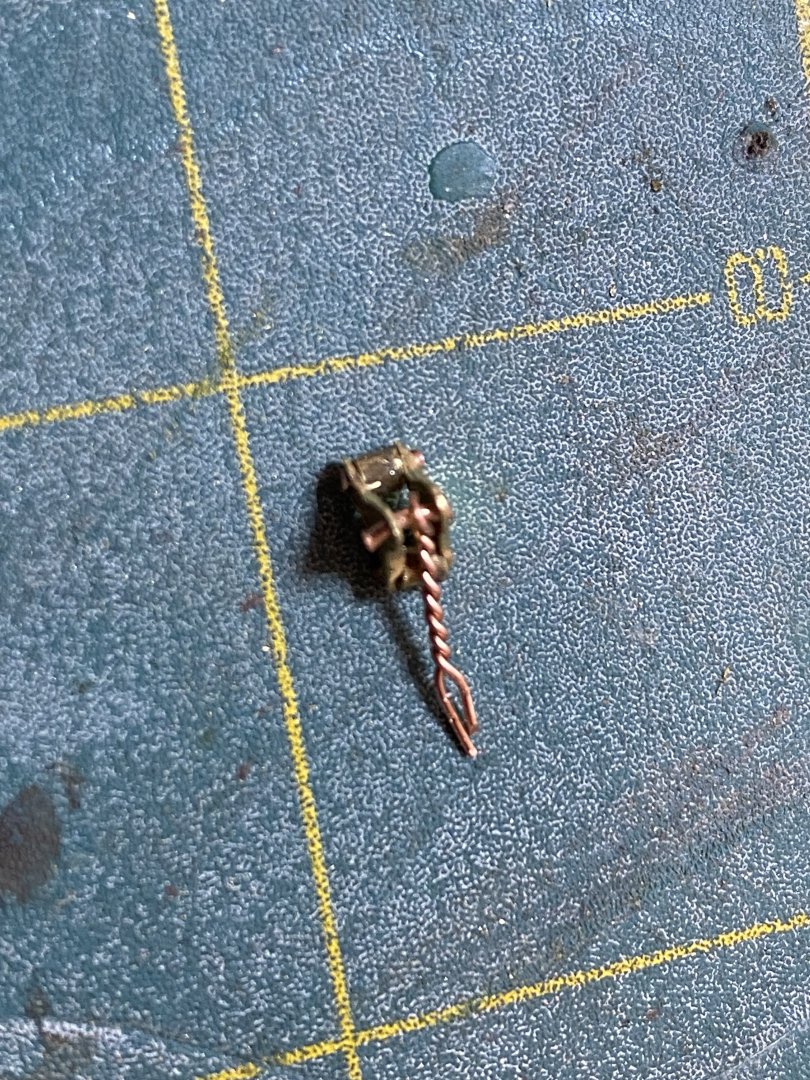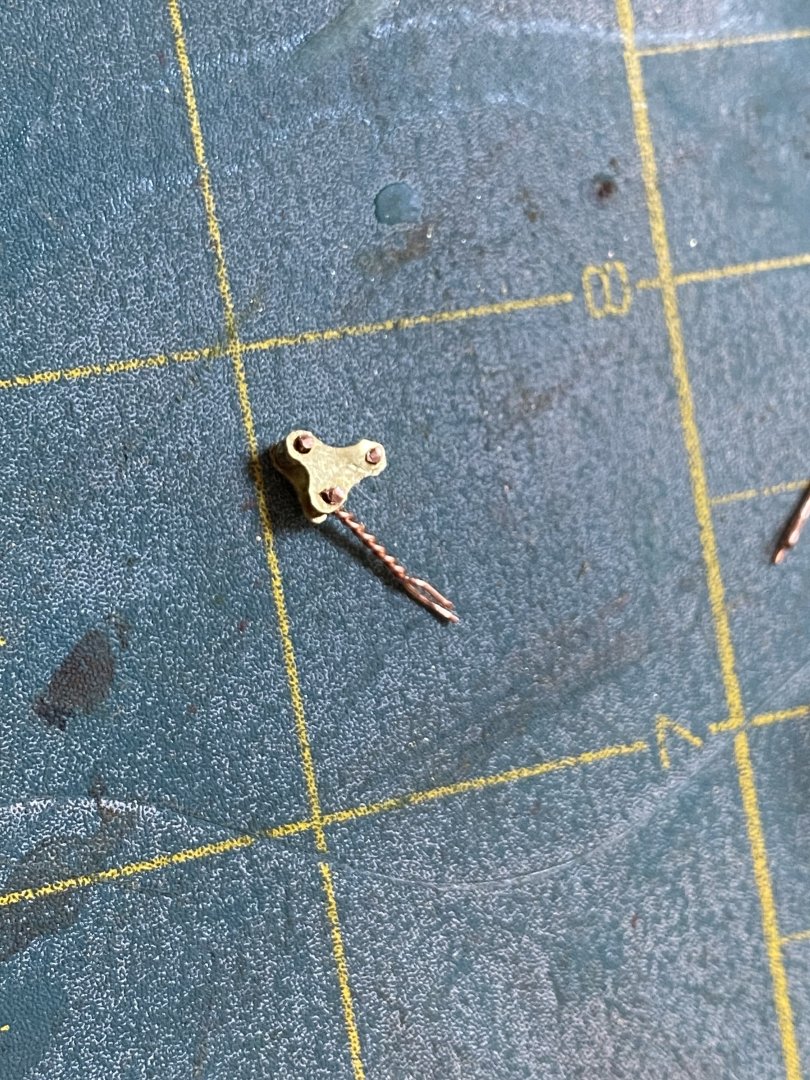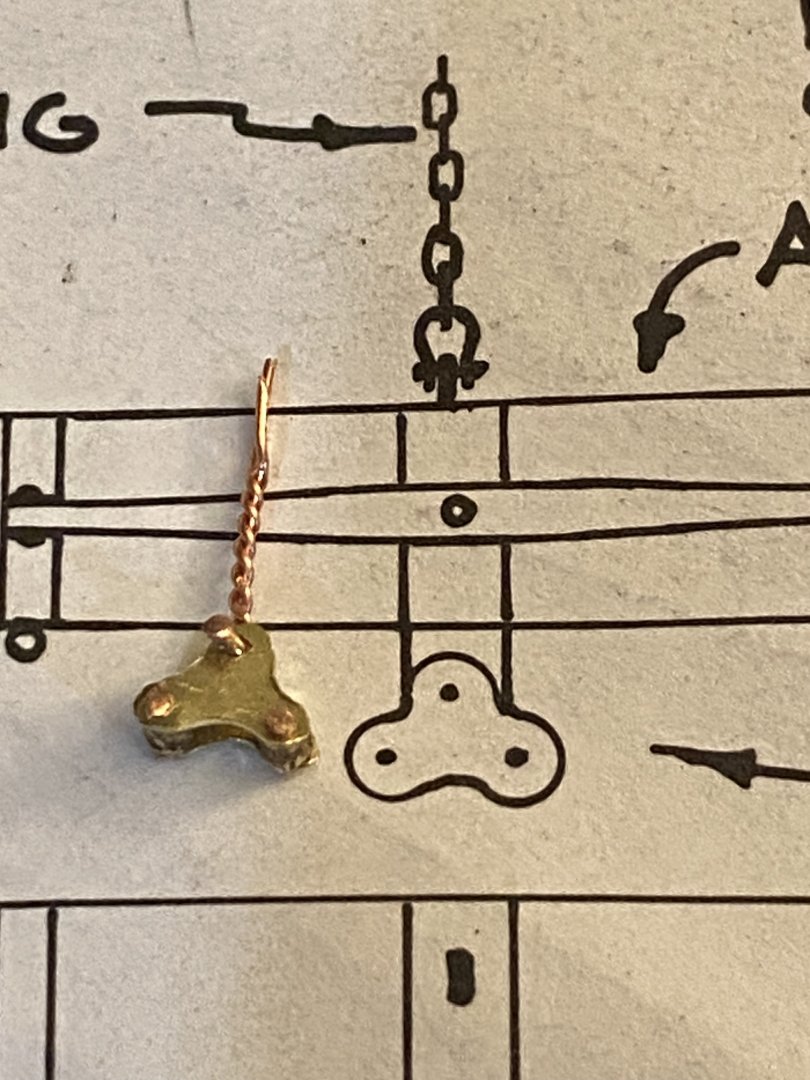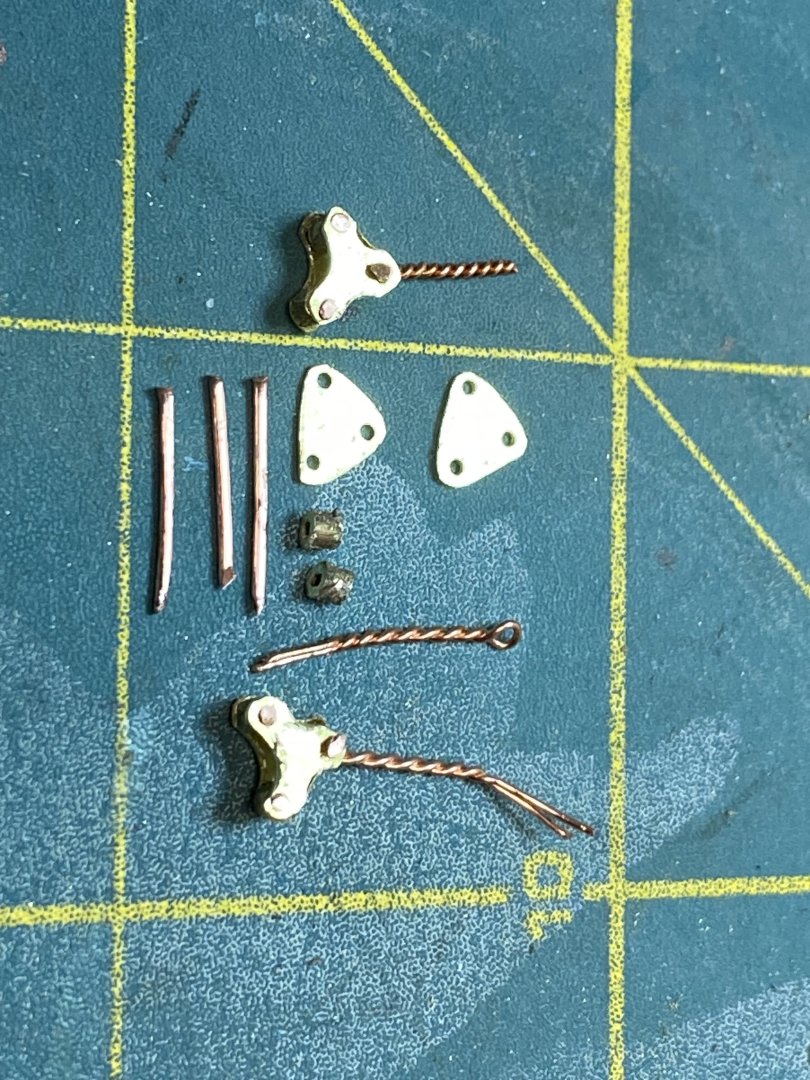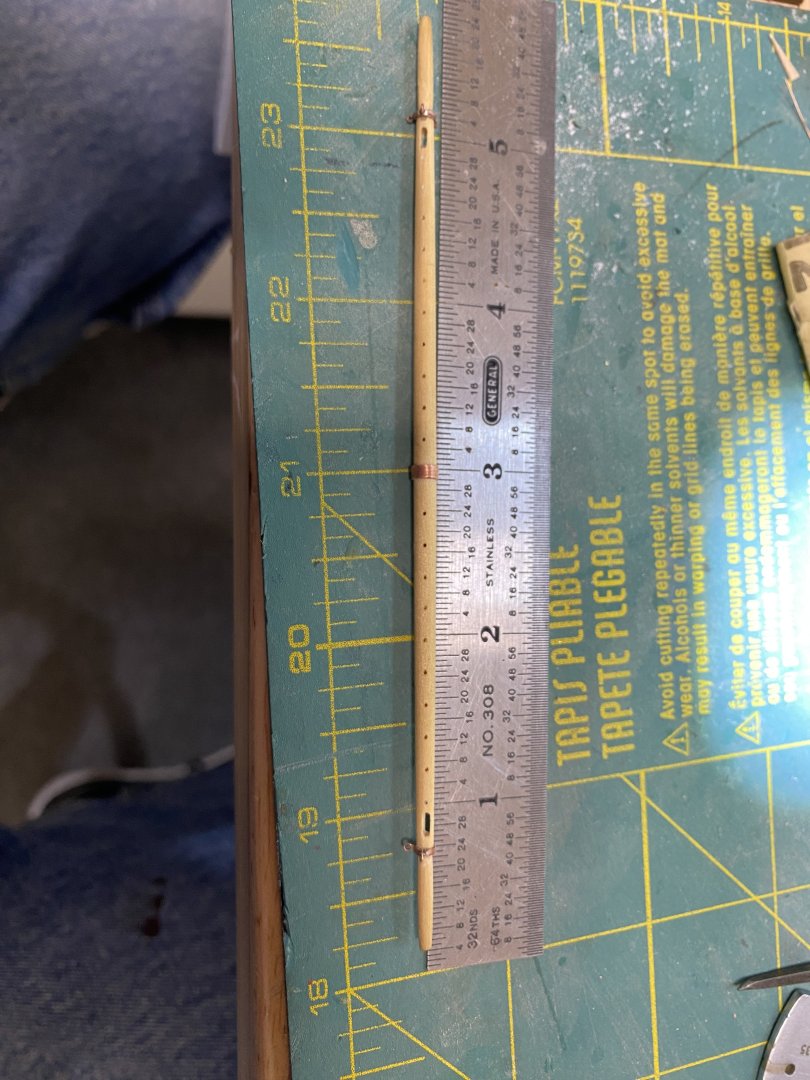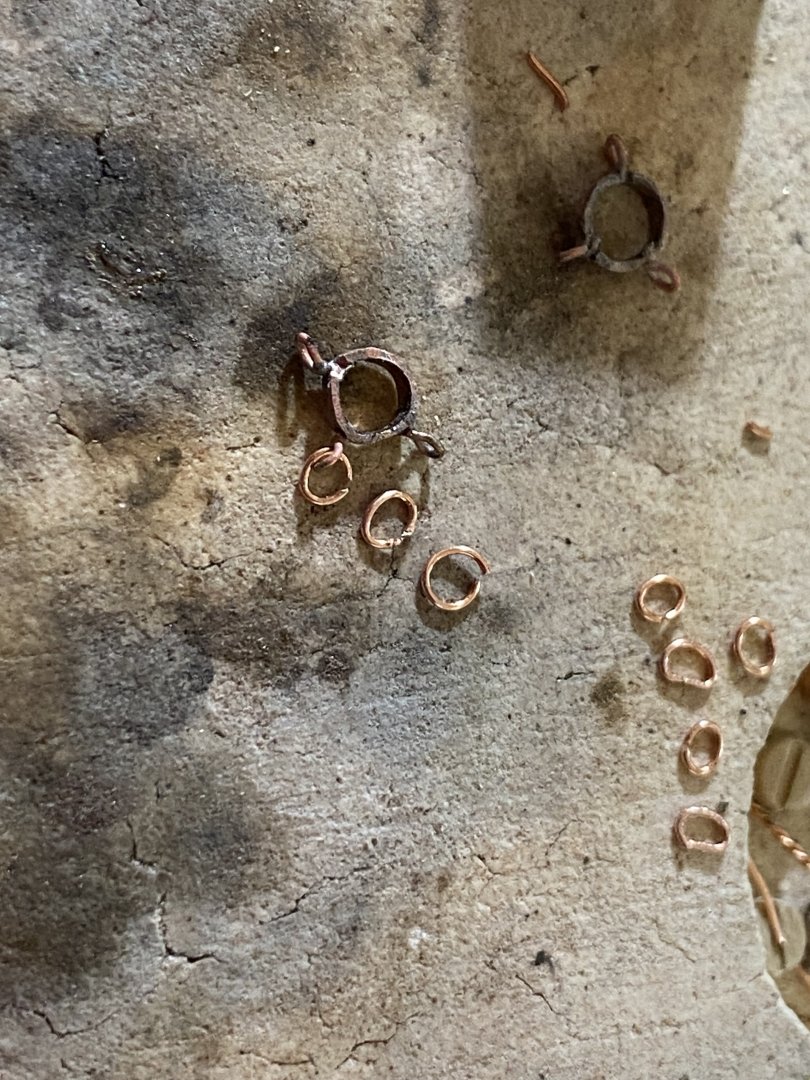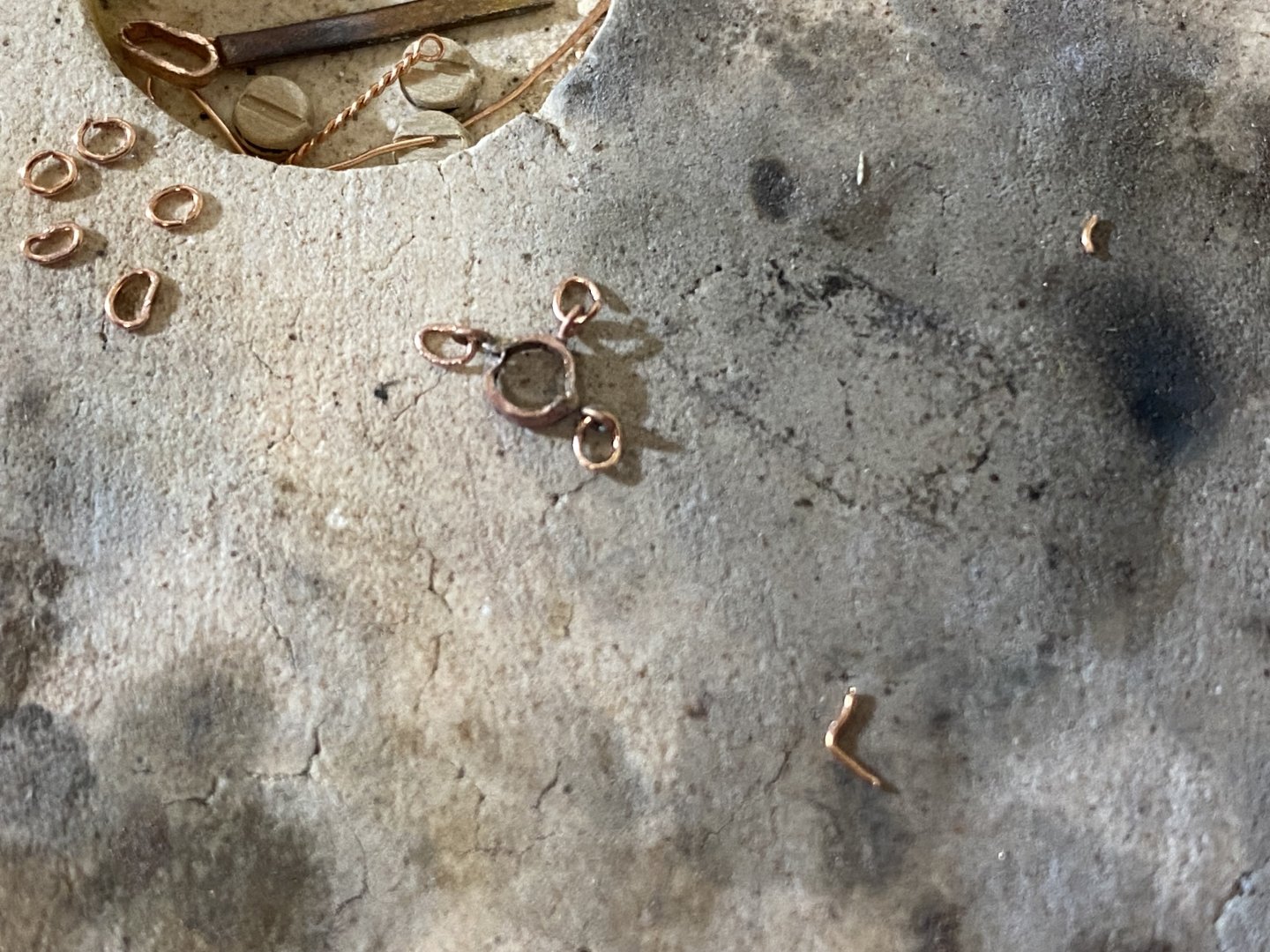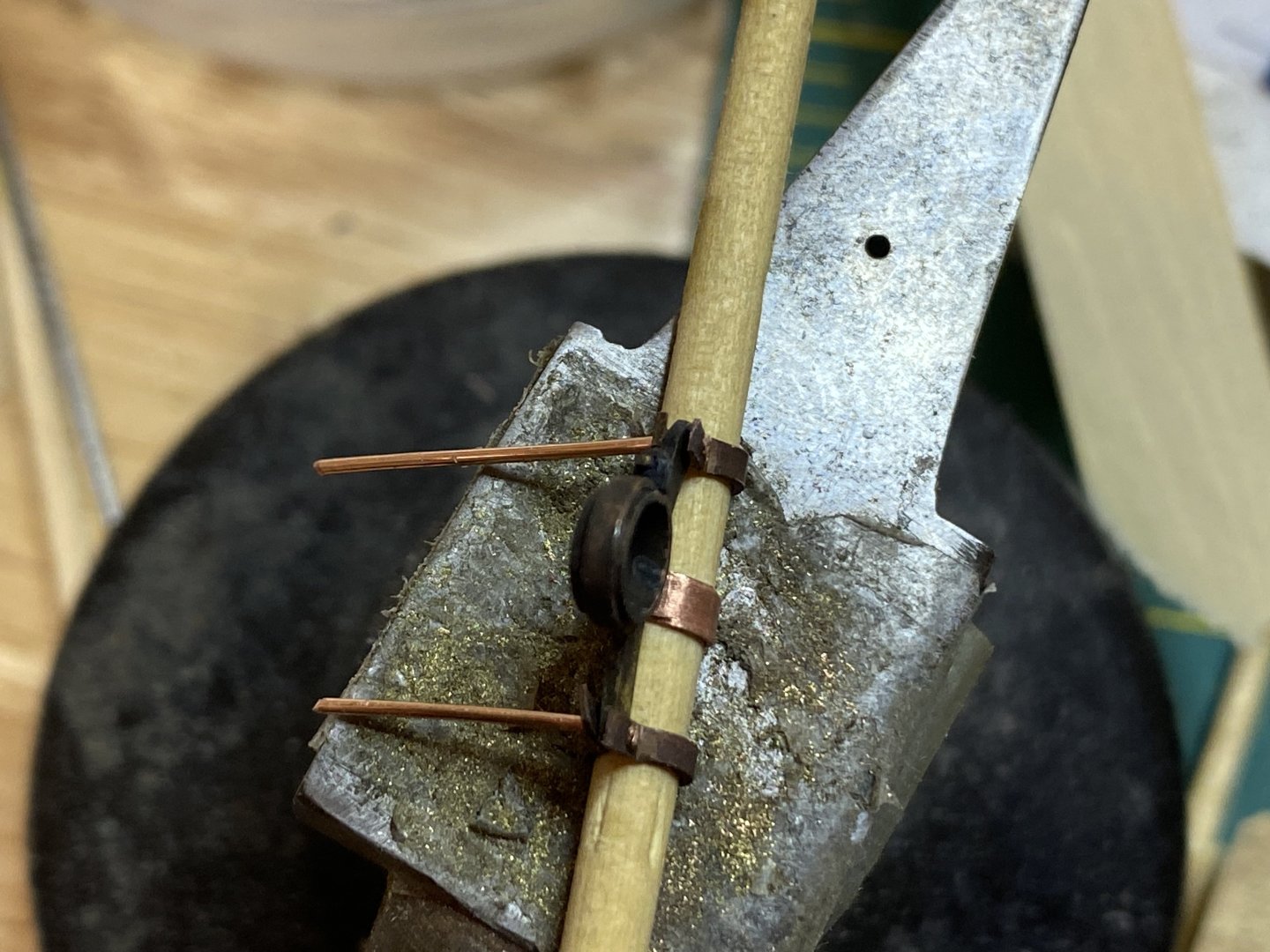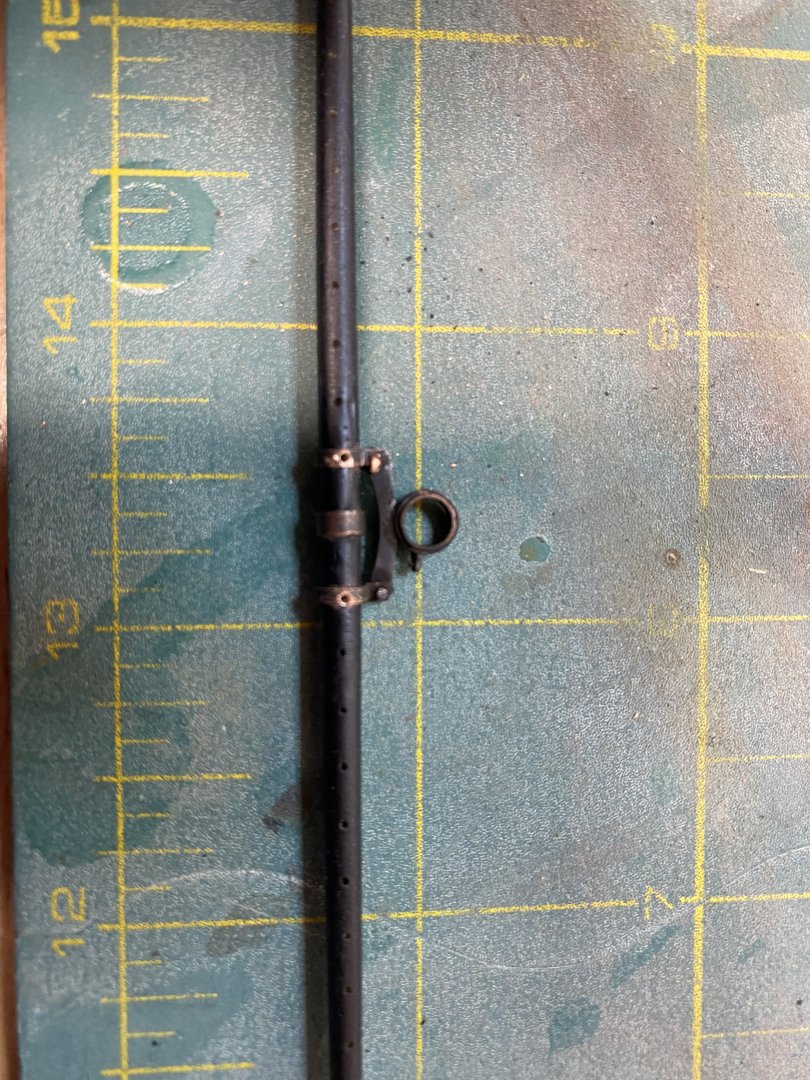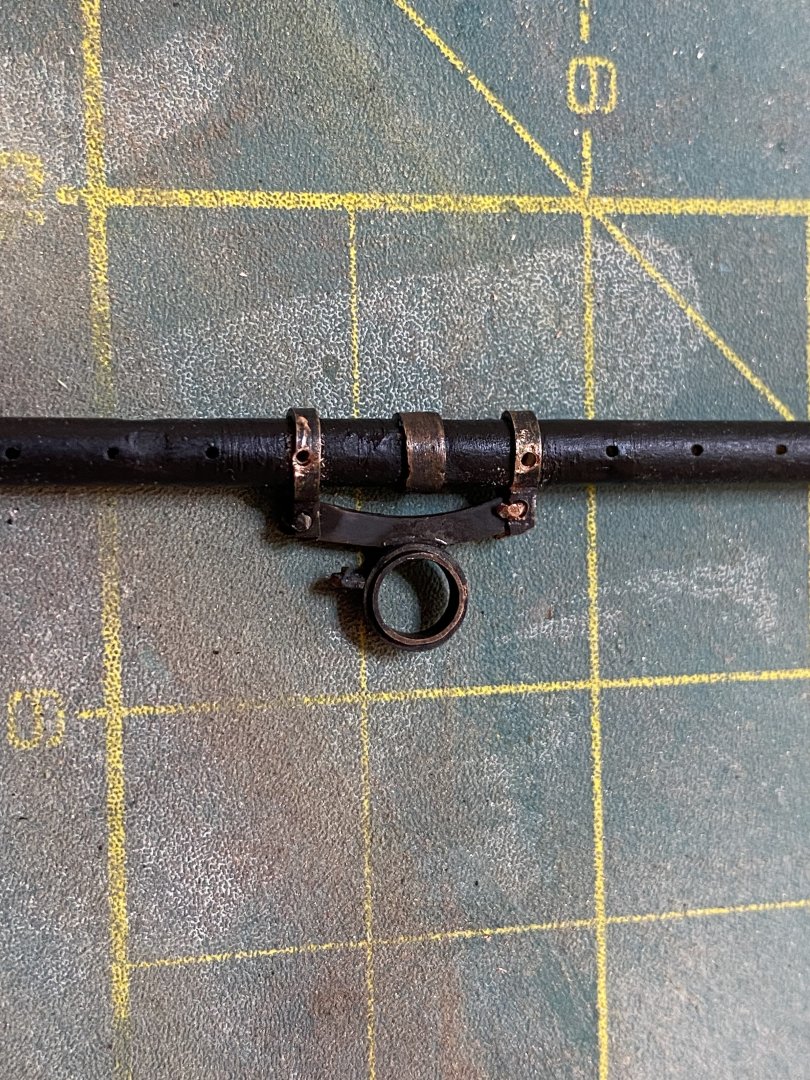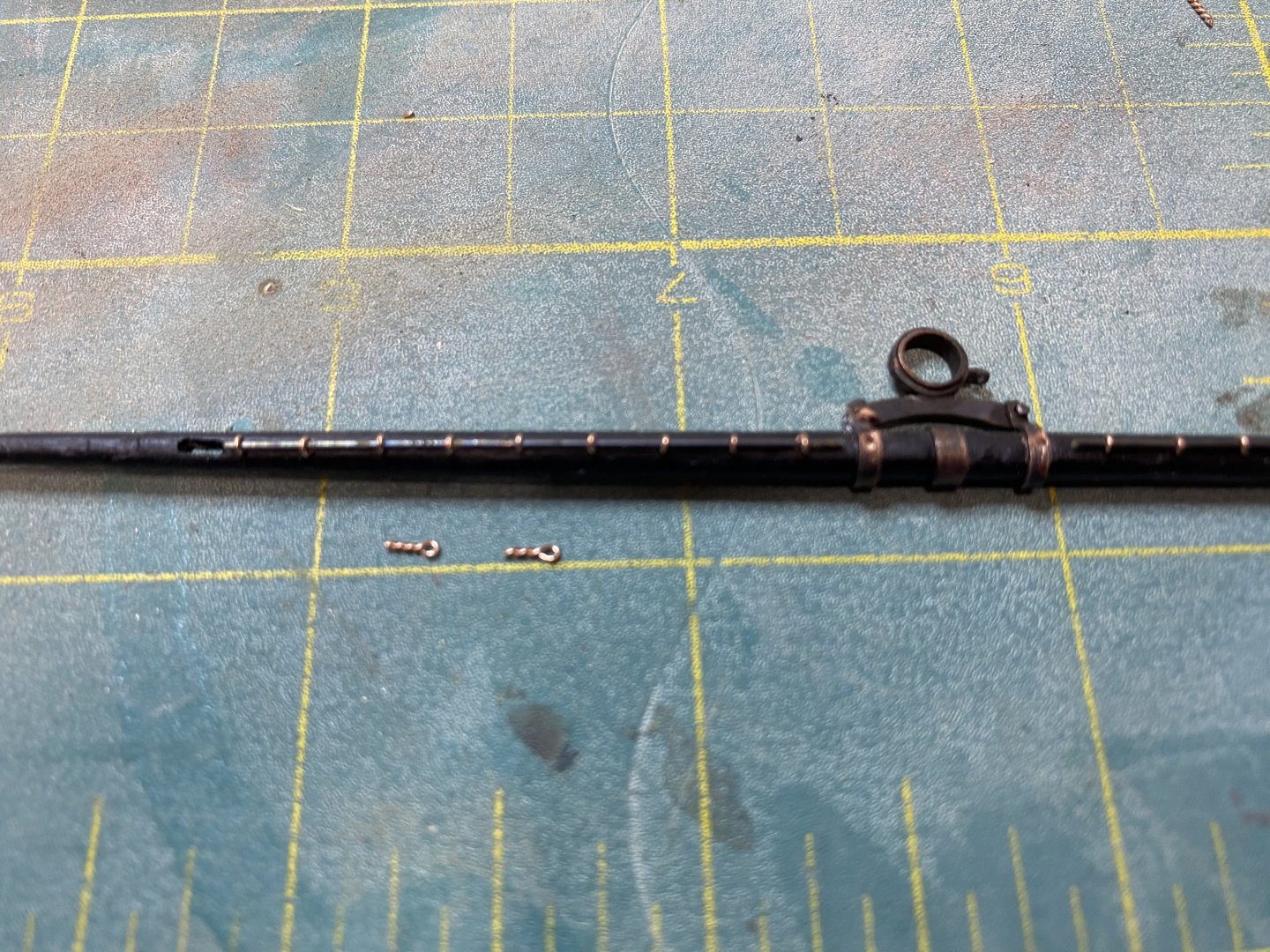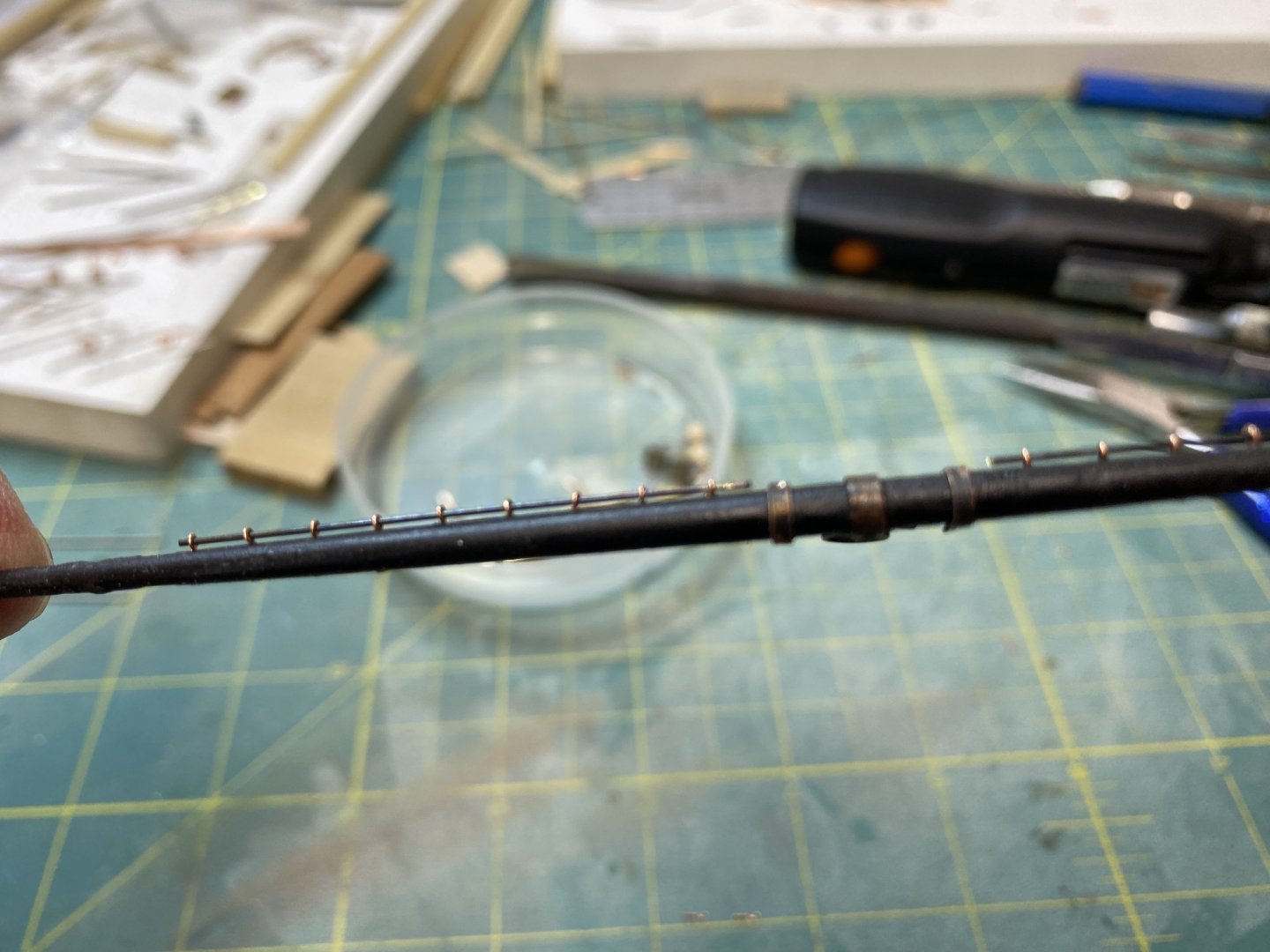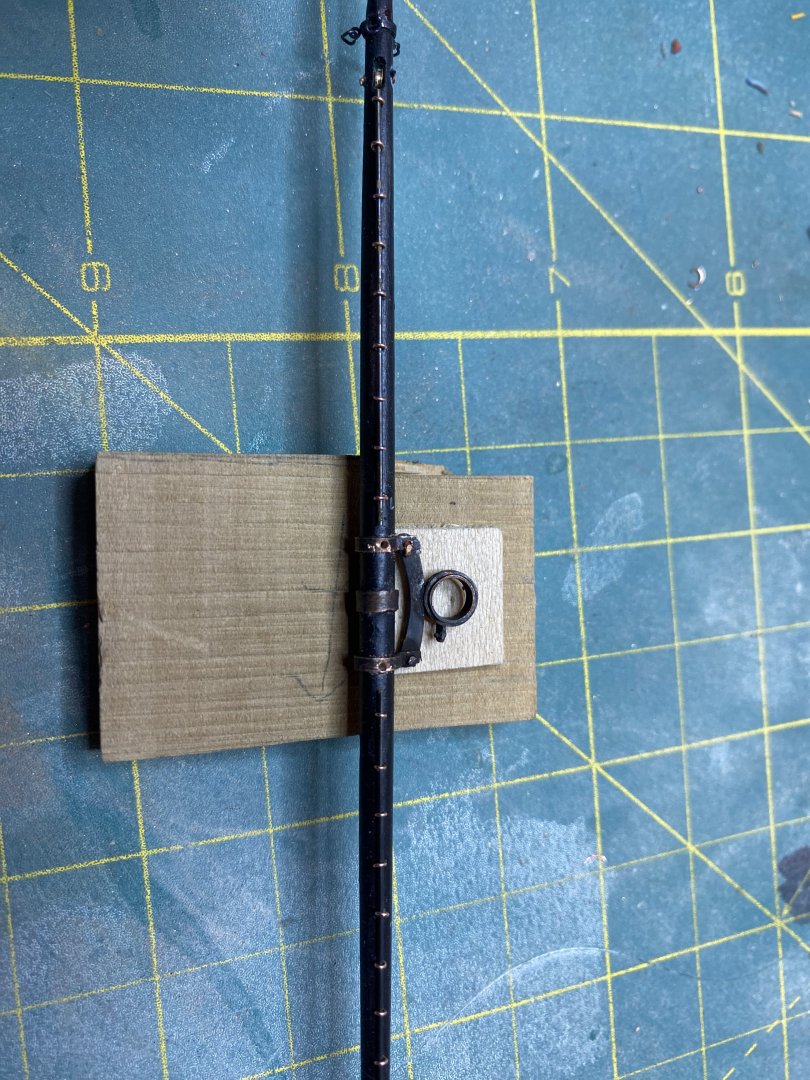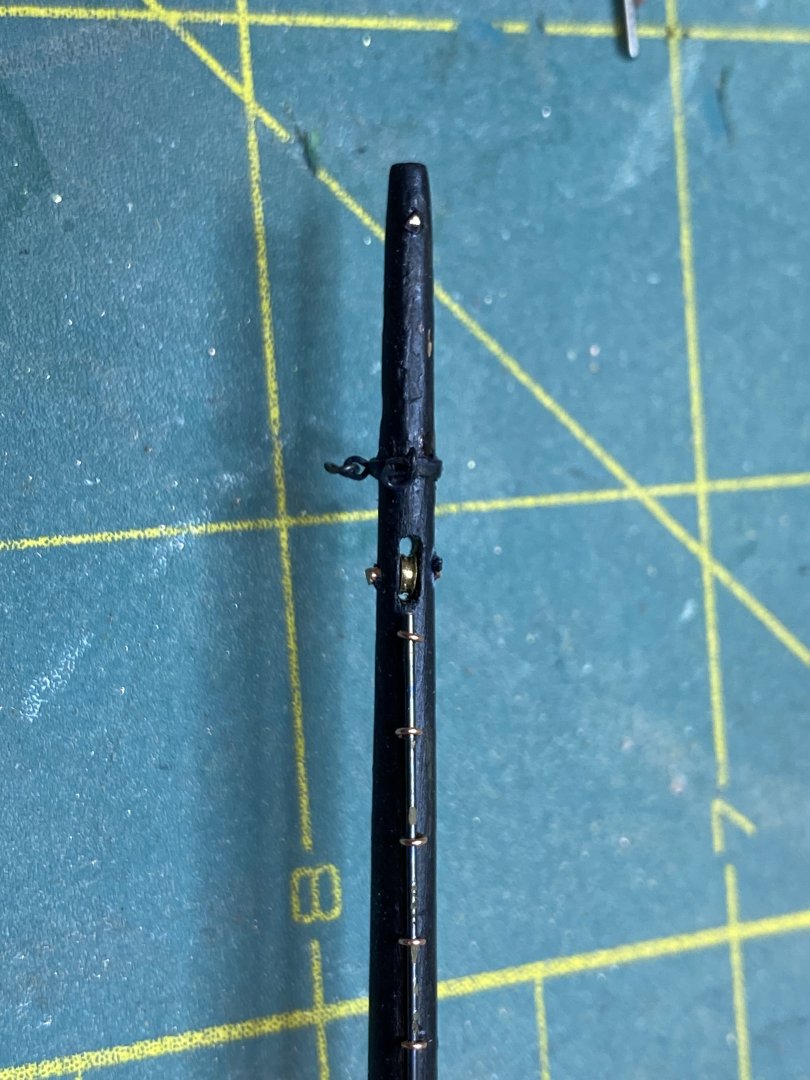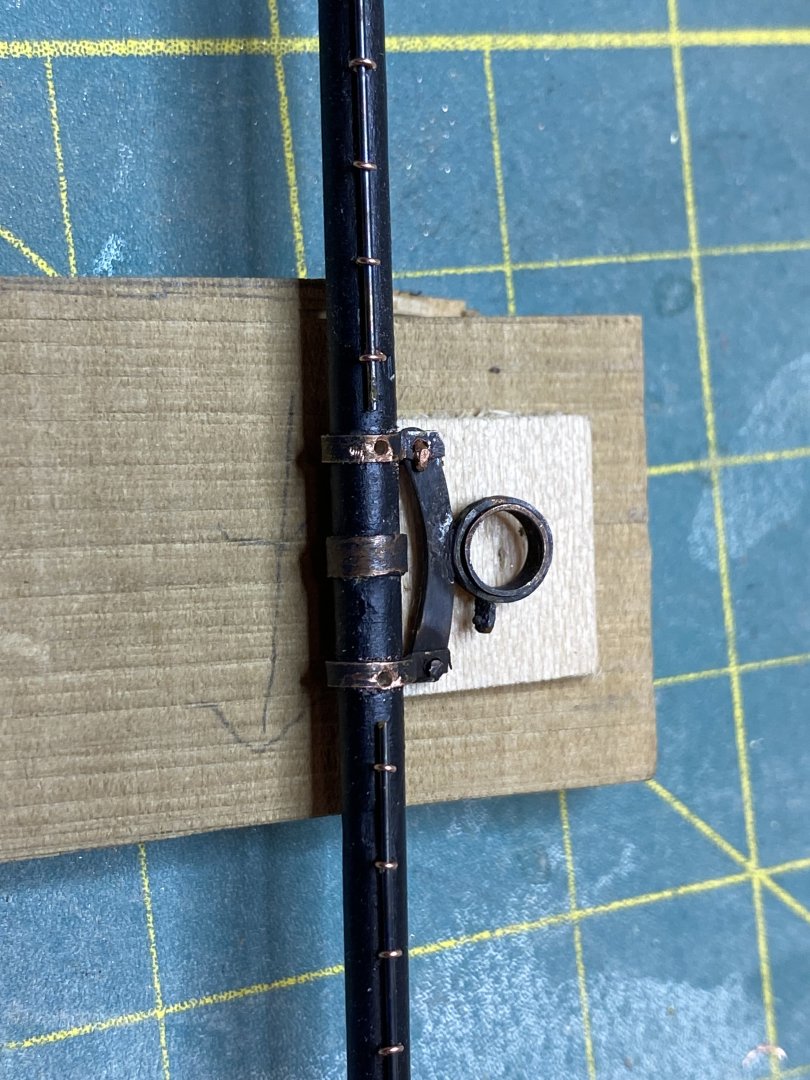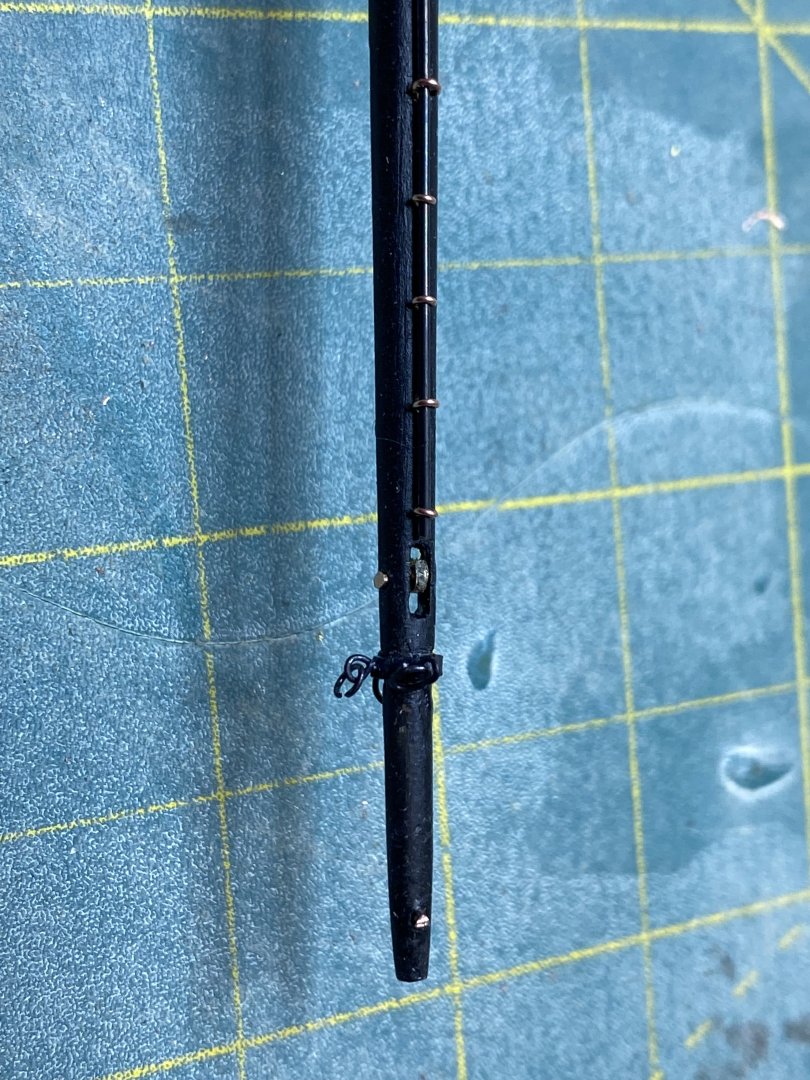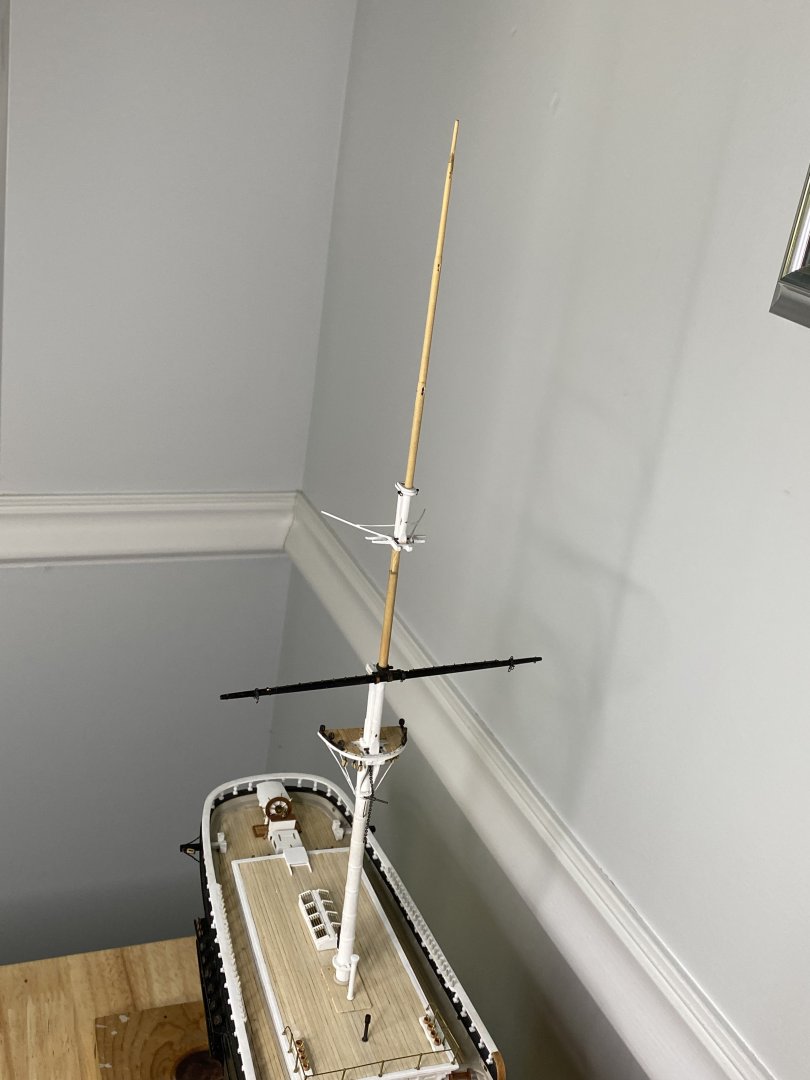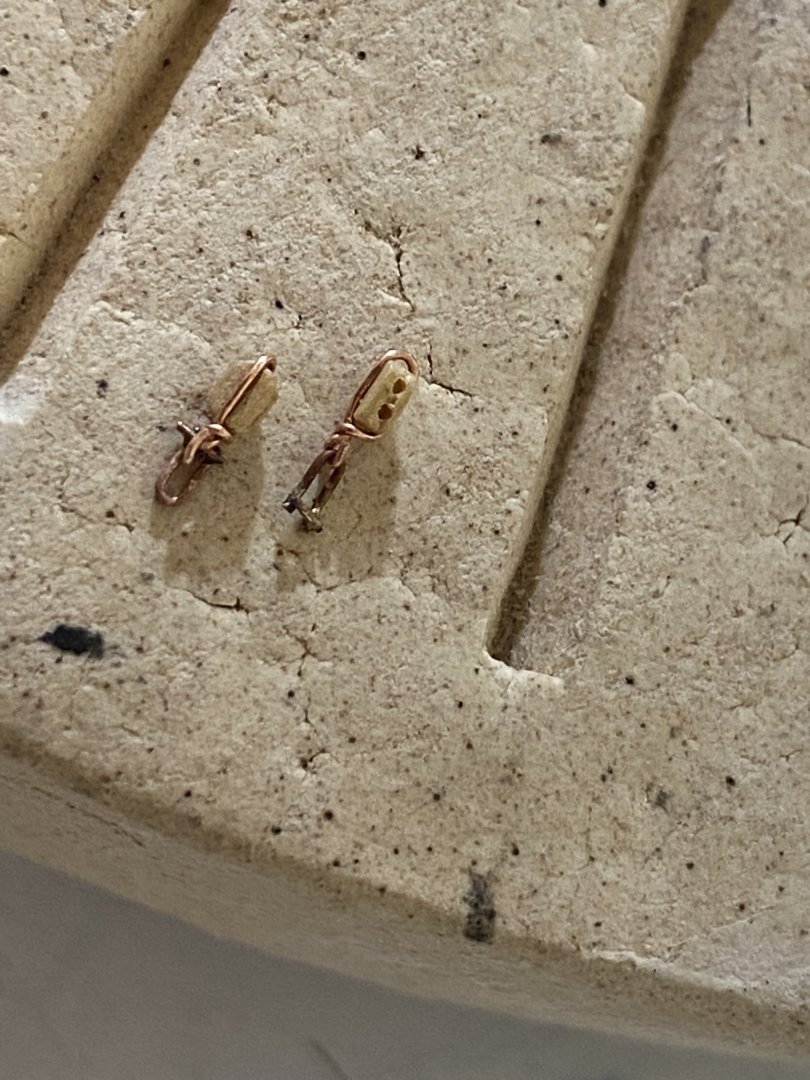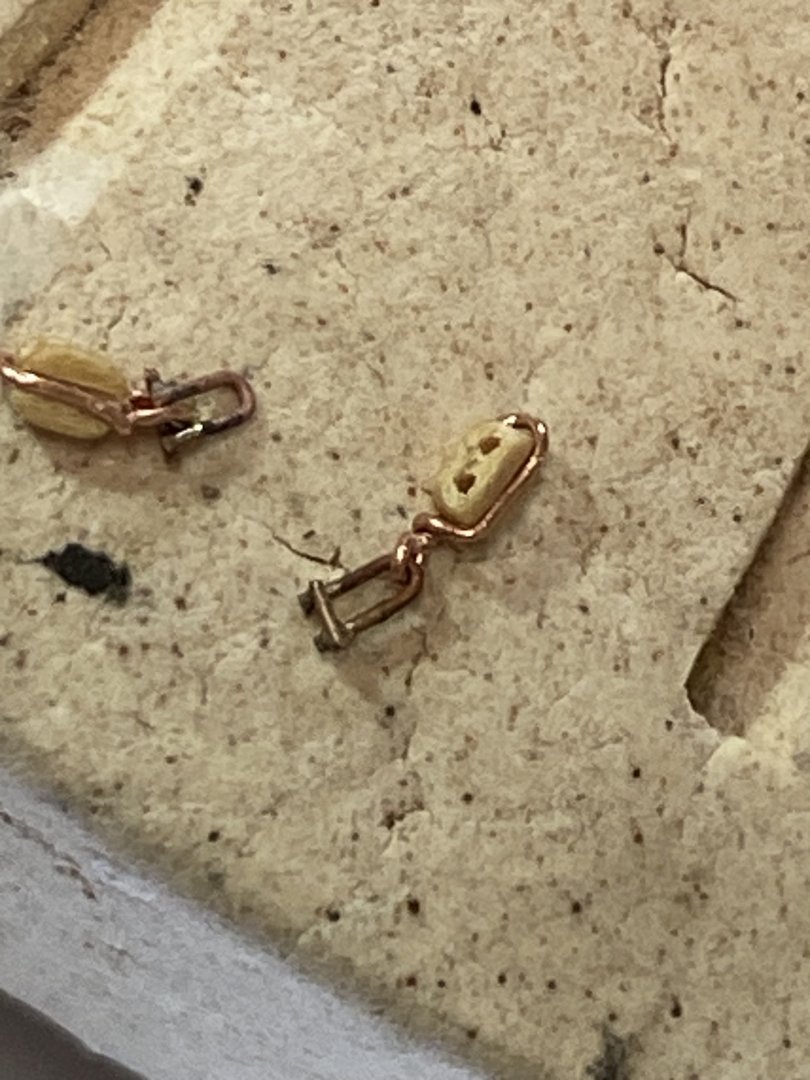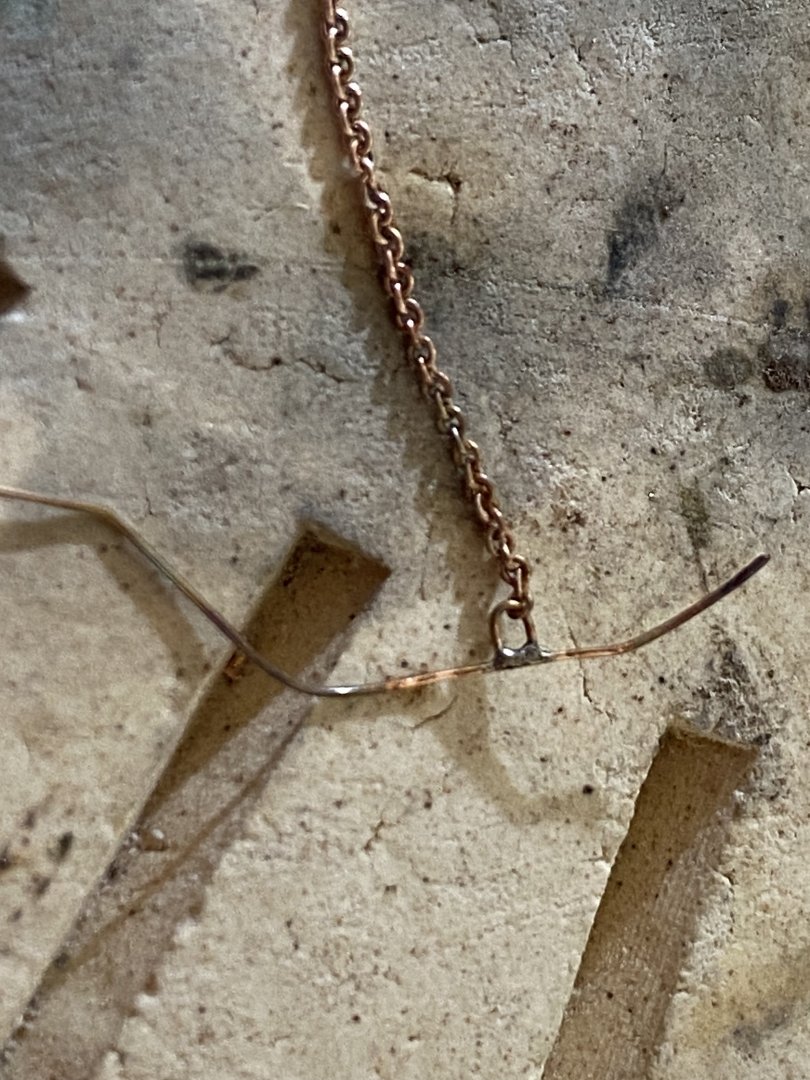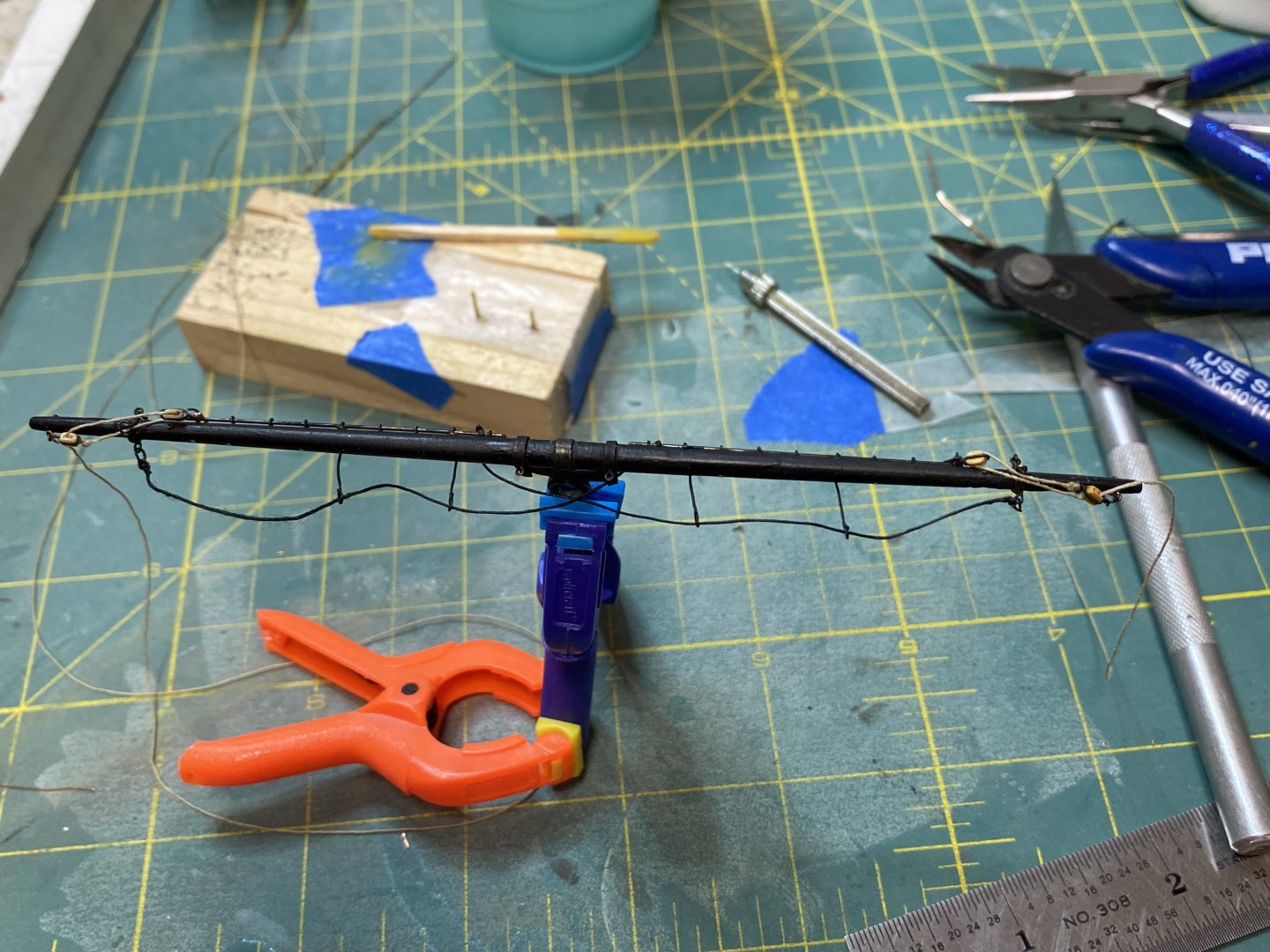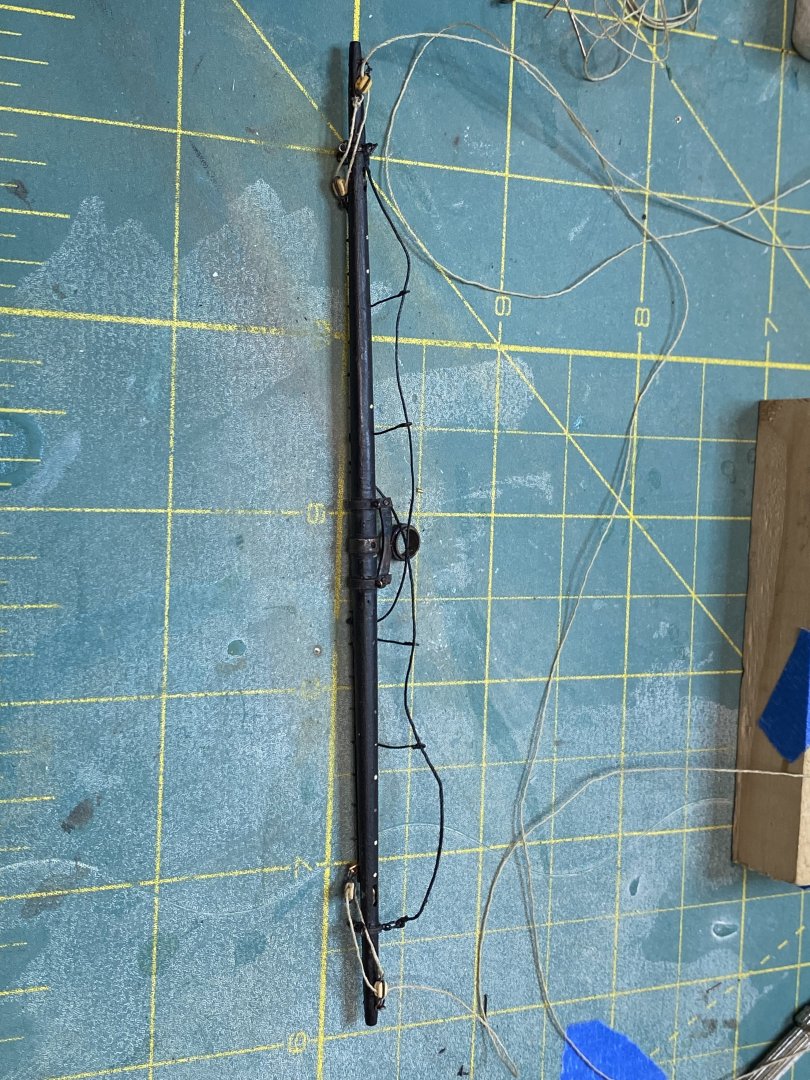
Rick310
NRG Member-
Posts
746 -
Joined
-
Last visited
Content Type
Profiles
Forums
Gallery
Events
Everything posted by Rick310
-
Welcome back!! Good to see you are working on the Fish again. She is coming along nicely! I’m trying to get the mizzen topsail yard done so I can finally move on. It’s been a learning process so hopefully the other yards will progress faster. Rick
- 417 replies
-
- Flying Fish
- Model Shipways
-
(and 2 more)
Tagged with:
-
Couldn’t agree with you more!! The paddle wheels really stand out and you did a fantastic job!! Rick
- 235 replies
-
- Banshee II
- Bottle
-
(and 1 more)
Tagged with:
-
That paddle wheel is sworn of art!! Beautifully done!! Rick
- 235 replies
-
- Banshee II
- Bottle
-
(and 1 more)
Tagged with:
-
Really nice job on the painting!! The figures are so small no one will notice the difference. Rick
-
That’s a beautiful rigging job Rob!! The foot ropes look great!! I see what you mean about the length of the stirrups. I’m going to try painting the foot ropes black also. Rck
- 342 replies
-
- Flying Fish
- Model Shipways
-
(and 1 more)
Tagged with:
-
I really like the idea of placing the foot ropes first, that way they are the same length . Harder to do when threading the foot ropes through the stirrups. Rick
- 342 replies
-
- Flying Fish
- Model Shipways
-
(and 1 more)
Tagged with:
-
I really like that technique! I think I’m going to try it as my results with the varnish have been somewhat inconsistent. Rick
- 342 replies
-
- Flying Fish
- Model Shipways
-
(and 1 more)
Tagged with:
-
Amazing work!! Really enjoy following along! Rick
- 300 replies
-
- lightship
- Feuerschiff Elbe 1
-
(and 1 more)
Tagged with:
-
Ic, I used 28 ga copper wire for the stirrups and .012 black thread for the foot ropes. My intention is to apply Matt varnish to the foot ropes and shape them to the proper shape after I finish the rest of the work on the topsail yard.I’ll see if that works Rick
- 342 replies
-
- Flying Fish
- Model Shipways
-
(and 1 more)
Tagged with:
-
Thanks Rob and George for your input. I am currently out of town helping my daughter plan her wedding (my input not required, just my approval). I will check everything when I get back. Rick
- 342 replies
-
- Flying Fish
- Model Shipways
-
(and 1 more)
Tagged with:
-
Thanks for the input Rob, really appreciated! I’ll go back and re-measure the stirrups, they’re supposed to be approximately 3 1/2 ft. Rick
- 342 replies
-
- Flying Fish
- Model Shipways
-
(and 1 more)
Tagged with:
-
John, Red Jacket is looking really good!! Bluejacket’s fittings are really well done! Rick
- 125 replies
-
- Red Jacket
- Marine Model Company
-
(and 2 more)
Tagged with:
-
I While still down the rabbit hole, I decided to make the cloverleaf blocks for the topsail and topgallant chain sheets, 6 of them. They should be 2 different sizes but I made them all the same size for convenience as the difference is small and I wasn’t sure I could make them any smaller. They were fabricated per EdT. Two 0.010 inch strips of brass sheet, 1/4 inch wide, were clamped together and the 3 holes drilled in the milling machine ( EdT used 4 holes). I modified the spacing for my convenience and ease and the holes were drilled with a #68 drill which corresponds to a 22ga copper wire bolt. The sheaves were made from 2mm brass tube cut to a 1/16 inch length. The sides of the blocks were cut from the brass sheet. This was all fairly straightforward. The real difficulty came in trying to preen the copper wire bolts. I first preened a small head on one end of the wire bolt, assembled the parts the cut off the bolt. Preening the other end turned out to be a nightmare as the head didn’t want to flatten and the block wanted to distort. I finally got 7 made( 1 spare). These were filled to shape using a jeweler’s drill. Since then I have been working on the mizzen topsail yard. Yard bands were made from copper tube and sheet, jackstay eyebolts from 28 ga copper wire and the jackstay from.02 brass rod. The stirrups are 28 ga copper wire and the foot ropes are.012 black thread. Tried to make the stirrups out of thread also , but no luck. The blocks for the reefing tackles are from Syren, their 2 mm blocks. Still need to add the chain sheets and halyard, as well as the bowlines.
- 342 replies
-
- Flying Fish
- Model Shipways
-
(and 1 more)
Tagged with:
-
A great place to visit!! I live 6 miles away and try to stop in frequently. Nic is a wealth of information, their fittings are top notch and I love to see their display of finished models!! Well worth the trip! Rick
- 125 replies
-
- Red Jacket
- Marine Model Company
-
(and 2 more)
Tagged with:
About us
Modelshipworld - Advancing Ship Modeling through Research
SSL Secured
Your security is important for us so this Website is SSL-Secured
NRG Mailing Address
Nautical Research Guild
237 South Lincoln Street
Westmont IL, 60559-1917
Model Ship World ® and the MSW logo are Registered Trademarks, and belong to the Nautical Research Guild (United States Patent and Trademark Office: No. 6,929,264 & No. 6,929,274, registered Dec. 20, 2022)
Helpful Links
About the NRG
If you enjoy building ship models that are historically accurate as well as beautiful, then The Nautical Research Guild (NRG) is just right for you.
The Guild is a non-profit educational organization whose mission is to “Advance Ship Modeling Through Research”. We provide support to our members in their efforts to raise the quality of their model ships.
The Nautical Research Guild has published our world-renowned quarterly magazine, The Nautical Research Journal, since 1955. The pages of the Journal are full of articles by accomplished ship modelers who show you how they create those exquisite details on their models, and by maritime historians who show you the correct details to build. The Journal is available in both print and digital editions. Go to the NRG web site (www.thenrg.org) to download a complimentary digital copy of the Journal. The NRG also publishes plan sets, books and compilations of back issues of the Journal and the former Ships in Scale and Model Ship Builder magazines.



